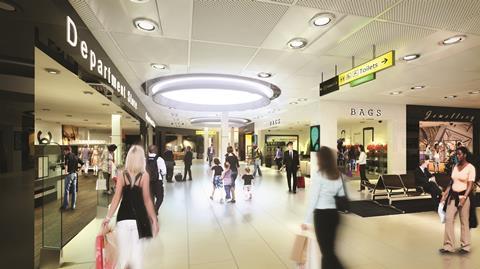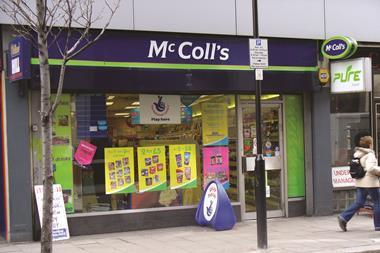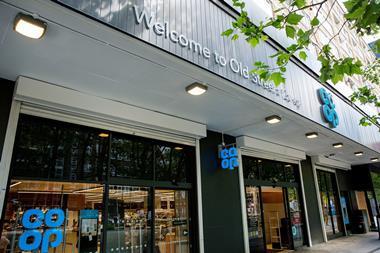Traditional shopping centres had their way with the 20th century, as big malls with big brands influenced the way we shopped.

As malls and shopping centres across the globe transform themselves into mixed-use spaces, there is one place where retail opportunities are growing every day: airports.
Airports offer retailers new opportunities to reach audiences that they might otherwise miss.
“There are some sectors which benefit more from having a presence at airports”
With consumers always looking for ways to spend their money on holiday, travel retail has risen rapidly in the last 10 years. And according to consultancy Verdict Retail, sales at airports alone are expected to increase to 73% by 2019.
At the beginning of the year, WH Smith revealed that its stores in travel retail environments had outperformed its high street counterparts over a 20-week period.
Over the wider six-month period, it had opened 17 new international units, proving why brands need to make sure they include travel retail as a key part of their growth strategy.
This morning, the retailer again hailed its travel business and said it saw “further opportunities” to grow within that market.
A travel essential
Currently, travellers account for 40% of global spending on luxury brands, and 83% of them consider shopping as an important part of their trip.
Indeed, there are some sectors which benefit more from having a presence at airports.
Media iQ recently used its proprietary analytics platform, AiQ, to analyse the online behaviour of users who purchased luxury retail products.
The research found that the most popular items purchased by airport travelers are perfume and cosmetics, with 28% buying goods within that category.
Wine and spirits follow closely behind at 18%, with fashion and accessories bought by 13.5% of travellers and watches and jewellery hitting 12.2%.
The benefit of engaging with an audience at an airport is that you already know who the passengers are, what destination they are travelling to, in what class, and at what time.
This, therefore, provides retailers with very specific details, which enable them to target specific customers.
And with shoppers now expecting a personalised experience, brands must reach out to the right consumer, at the right time, with personalised promotions to ensure success.
“The benefit of engaging with an audience at an airport is that you already know who the passengers are”
Furthermore, in a growing mobile world, to engage effectively with travelling consumers it is essential that brands are fully mobile-optimised.
Our research found that 5.8% of shopping trips are influenced by mobile access. This is forecast to increase to 18% by the end of 2016.
More importantly, when shopping at airports, we found that 34% of travellers use their smart phones to locate the stores they are interested in, while 43% of shoppers used their phone to search for promotions.
Targeting cutomers
One technique that brands could look to implement is hyper-local targeting, by introducing beacon technology.
Beacons present a unique, cheap and simple way to identify consumers in a specific location at a point of time.
This therefore, allows brands to compile promotions and incentives to be targeted not only to a customer segment, but via their location.
Ultimately, understanding your consumer is vital for digital success in travel retail.
Travel retail spaces offer something no other retail environment can – a purchasing habit that is based on last minute essentials, personal treats, and gifting.
Brands now have the tools available to create an integrated online and offline travel experience, and those that capitalise on this will reap the rewards.
- Richard Dunmall is chief revenue officer at Media iQ


























No comments yet